Revamped “The Jungle Book” connects with audiences
May 19, 2016
“The Jungle Book” directed by Jon Favreau, attempted to keep original fans happy while also attracting a new, younger audience.
The opening scene was a portrayal of the jungle made with computer-generated imagery (CGI), which lead into a view of a pack of CGI wolves that were made so well that one would think they were real. The CGI environment and its inhabitants are some of the main reasons it was so successful when it premiered in early April.
Everyone from Baloo to Bagheera looked exactly like their species, yet somehow retained the small quirks that the designs of their animated characters had. Even the enlarged Kaa and King Louie looked so real that when they acted maliciously the audience jumped in their seats.
There weren’t many jokes in the first part of the movie, even though there were more light hearted or whimsical scenes. It wasn’t until Baloo’s character, voiced by Bill Murray, came in that the jokes were made.
Baloo, the lazy, sarcastic and fun bear, came off as more of a con artist in this movie, but even so, he remained as funny and lovable as ever. Bill Murray brought the character to life from the moment he tricked Mowgli into getting honey for him. The jokes he made were geared to the adults in the audience rather than the kids, slick and sarcastic, yet never inappropriate.
Neel Sethi, who played Mowgli, and Murray beautifully captured the relationship between Mowgli and Baloo. At first, Mowgli, the stubborn child who was raised by wolves, didn’t trust Baloo even though he saved him from Kaa.
Baloo, originally for selfish and sly reasons, took Mowgli in, encouraging him to embrace the aspects of himself he grew up learning to suppress. By the time Bagheera, a panther who’s Mowgli’s stoic guardian, came back into the picture, Mowgli was the type of person who sang for no reason and lived to be happy.
Bagheera’s character almost seemed to be an exact copy of the animated version in looks, personality, and even voice. Though Ben Kingsley didn’t voice the original, he sounds strikingly similar to it, even matching the exact tones of sarcasm and exasperation.
In terms of bringing a character to life, Ben Kingsley was the most successful voice actor in the entire movie. Even when it came to the script he seemed to not have changed, as he stayed the responsible indifferent animal who had a soft spot for the young “man cub.”
What really brought the movie to a new level was just how scary Kaa, King Louie and Shere Khan were. Their appearance and actions made the audience that much more worried about Mowgli and more invested in his survival. Although Scarlett Johansson’s voice gave Kaa a more eerie and mysterious vibe than the other villains, Kaa was the least important. She showed up for one short scene, where she was hardly even seen, to give Mowgli a vision and attempt to kill him, and was never seen again.
Though it was a small part in terms of time, Kaa was still fairly important to the plot and gave the movie more gender diversity than the original, where Kaa was a boy. The biggest mistake of the movie was not putting the creepy snake in it more often.
Shere Khan, voiced by Idris Elba, was also much more creepy than in the cartoon. Half of the murderous tiger’s face was burned, one eye even milky and blinded. He was very intimidating visually, but what made the character especially scary were his extreme actions and his thinly masked threats to the main characters.
Even though he may not commit the most evil crimes, King Louie, voiced by Christopher Walken, was the most frightening villain. The filmmakers made him a Gigantopithecus, which makes him frightening because a Gigantopithecus is essentially a giant, extinct, great ape. They did this because orangutans were not indigenous to India.
Not only was King Louie large and scary, but he was downright ugly. The audience couldn’t look at him without wincing at his large cracky neck flab and satalite dish of a face. Even though his actions were small and unsuccessful, he remained the scariest villain in the entire movie.
During Mowgli’s time with Baloo, the song that has stayed with many viewers since childhood “The Bear Necessities” was reenacted. With Baloo’s more soulful singing and Mowgli’s childish and pitchy singing, it ended up being a rather joyful and endearing rendition.
“The Bare Necessities” and “I Wan’na Be Like You” were the only songs kept in, while the others like “Colonel Hathi’s March” and “That’s What Friends Are For” didn’t make the cut.This gives the movie a more realistic and grown up feeling but at the same time allowed it to stay true to the 1967 version and please it’s original fans.
It had a much deeper meanings than the original, it showed that who you choose to be is more important than how you were born, the evil that comes with power, and self-acceptance. This is in the previous rendition, but it is much more powerful and all-encompassing in this version.
It’s improvements don’t stop at theme, but continue into the depth of the relationships. The relationship between Mowgli and the wolf pack and the symbolism of the his interactions with the elephants were brought to another level. Both had larger parts and were shown with Mowgli in a mature, realistic, and at some points spiritual, fashion.
Overall this movie has everything it needs to win awards and entertain both the sarcastic and the innocent. With jokes, deeper meanings, beautiful computer-generated imagery work, and characters that bring it to life, this movie is a can’t miss.


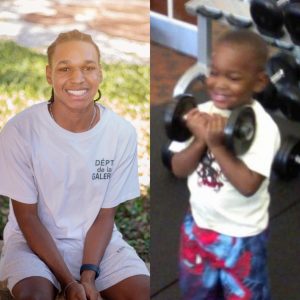
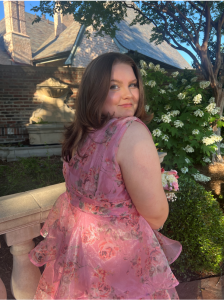


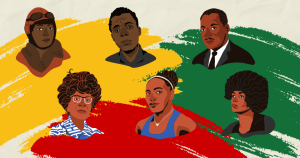
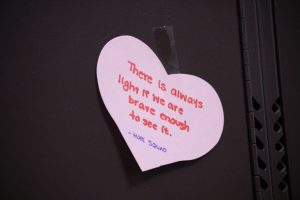
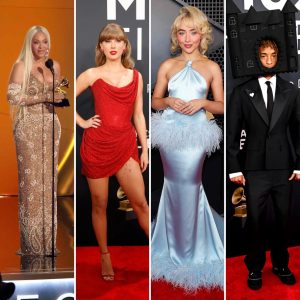
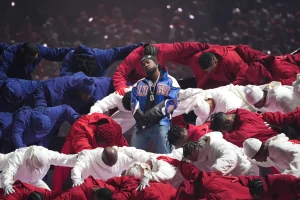
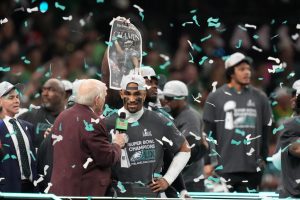
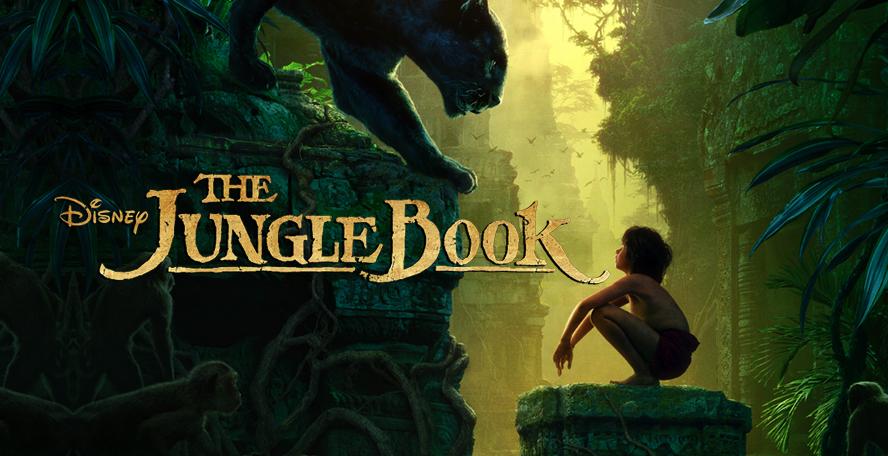

Khara Ekes • Feb 13, 2017 at 12:42 pm
I love Amanda McNatt
-Julie